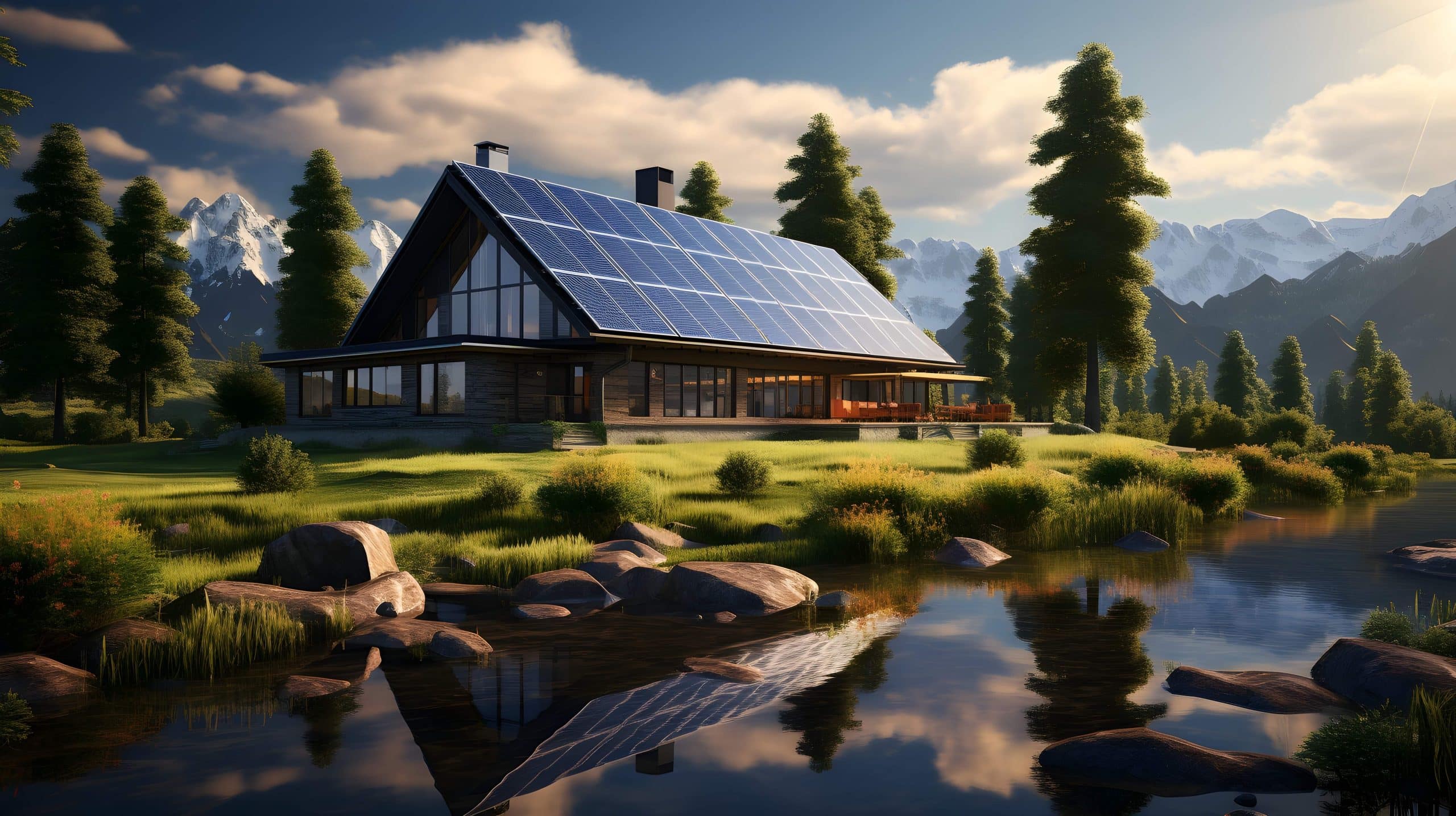Off-grid home construction and design considerations are at the forefront of sustainable living and self-sufficiency. In this comprehensive guide, we will delve into the essential factors and strategies for building off-grid homes that offer the perfect blend of eco-friendliness, resilience, and comfort. Whether you’re planning to create a secluded retreat, a sustainable homestead, or a nature-conscious residence, understanding these considerations is paramount.
Section 1: The Off-Grid Living Revolution
1.1 Embracing Self-Sufficiency
Off-grid living represents a radical shift toward self-sufficiency and reduced environmental impact. It’s a lifestyle choice that empowers individuals and families to live independently while minimizing their carbon footprint.
1.2 The Allure of Disconnecting
Many people are drawn to the idea of disconnecting from the grid, escaping the hustle and bustle of urban life, and reconnecting with nature. Off-grid living offers a chance to enjoy tranquility and a deeper connection with the environment.
1.3 A Sustainable Future
Off-grid homes are often designed with sustainability in mind. They harness renewable energy sources, reduce waste, and prioritize resource conservation. This aligns with the global movement toward eco-friendly living.
Section 2: Essential Design Considerations
2.1 Location, Location, Location
The choice of location is paramount when designing an off-grid home. Factors to consider include accessibility, climate, available resources, and local regulations. Assess the suitability of the site for off-grid living.
2.2 Energy Independence
Off-grid homes rely on alternative energy sources such as solar panels, wind turbines, and hydroelectric generators. Evaluate the energy needs of your home and design a system that provides reliable power.
2.3 Water Management
Water is a precious resource in off-grid living. Implement rainwater harvesting systems, greywater recycling, and efficient water usage to ensure a sustainable and reliable water supply.
2.4 Waste Reduction
Minimize waste by incorporating composting toilets, recycling systems, and sustainable building materials. Design your home with waste reduction in mind to reduce your environmental impact.
Section 3: Building for Resilience
3.1 Disaster Preparedness
Off-grid homes are often situated in remote areas where access to emergency services may be limited. Design your home with disaster preparedness in mind, including fire-resistant materials and evacuation plans.
3.2 Sustainable Materials
Choose sustainable and locally sourced building materials to reduce the environmental impact of off-grid home construction. Prioritize durability and energy efficiency in your material selections.
3.3 Passive Design
Passive design principles optimize energy efficiency without relying on mechanical systems. Incorporate passive solar heating, natural ventilation, and thermal mass into your home’s design.
Section 4: Practical Off-Grid Living Tips
4.1 Energy-Efficient Appliances
Invest in energy-efficient appliances and lighting to minimize energy consumption. Consider propane or natural gas appliances for cooking and heating.
4.2 Off-Grid Water Solutions
Explore water-saving fixtures, rainwater purification systems, and efficient irrigation methods for gardens and crops.
4.3 Waste Management
Implement a comprehensive waste management plan that includes composting, recycling, and responsible disposal of hazardous materials.
4.4 Food Production
Consider creating a self-sustaining food source with gardens, fruit trees, and livestock. Homegrown food reduces the need for frequent trips to town.
Section 5: Off-Grid Home Case Studies
5.1 Off-Grid Cabin in the Woods
Explore the off-grid home construction and design choices of a secluded cabin nestled in a remote forest. Learn how it harnesses solar power, collects rainwater, and blends seamlessly with the natural surroundings.
5.2 Desert Oasis Off-Grid Home
Discover the unique challenges and solutions of building an off-grid home in the arid desert. This home utilizes innovative water management and cooling systems to thrive in a challenging environment.
5.3 Mountain Retreat Off-Grid Living
Explore a mountain retreat that embraces passive design principles to stay cozy in winter and cool in summer. This case study showcases the beauty of off-grid living in an alpine setting.
Conclusion:
Off-grid home construction and design considerations offer a pathway to sustainable, self-sufficient, and eco-conscious living. As you embark on your journey to create an off-grid home, remember that each choice you make can have a profound impact on your quality of life and the environment.
Building an off-grid home is not just about shelter; it’s about embracing a lifestyle that respects nature, conserves resources, and prioritizes resilience. It’s a testament to the harmony that can be achieved when humans and the environment coexist in balance. With careful planning, innovative design, and a commitment to sustainable living, you can create an off-grid home that not only meets your needs but also leaves a positive legacy for generations to come.

Leave a Reply
You must be logged in to post a comment.